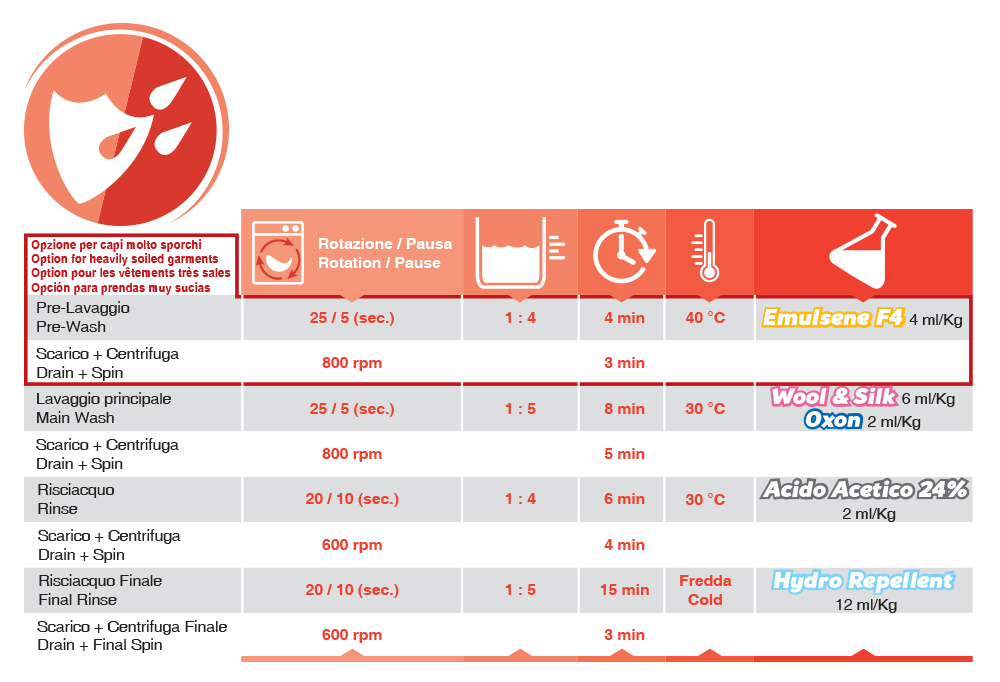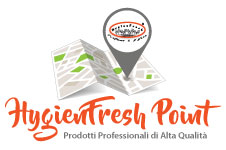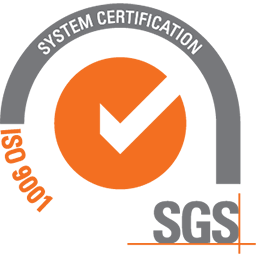Wet Cleaning is a professional and innovative washing system which allows to wash in water the garments that usually are dry cleaned.
The Wet Cleaning process, in comparison to a normal water washing, takes advantage of the mechanical action of the washing machine for wet cleaning. The chemical products are especially studied to make this process similar to the features of the dry cleaning process.
This innovative process, by using the water as a solvent, reduces the danger, and the environmental impact of the traditional dry cleaning machines.
The main characteristics of this method are:
- Different water levels and water filling in comparison to a normal water washing;
- Specific movements and rotations during the wash;
- Peculiar characteristics of the drum with an innovative design to increase the ingress of detergent and water into the garments;
- Specific washing programmes and detergents for this process.
Thanks to this innovative washing method it is now possible even to wash the wool in water.
The only care is to use detergents especially studied for this method: the special detergents for wet cleaning are even more concentrated and created to be compatible with this method.

Tintolav has developed the Hygienfresh Wet & Fresh Cleaning line to combine Professionalism, Technique and Emotion
Highly technical products developed for the innovative wet cleaning wash with fresh, exciting and intense fragrances.
DISCOVER THE COMPLETE COLLECTION
WET-CLEANING WASH OF WOOL
The wash of wool in wet cleaning should be done with the specific programme for this kind of animal fibre.
Moreover drying should be done by leaving a small percentage of water, if it were too much dried it could cause the felting phenomenon and the garment shrinkage!
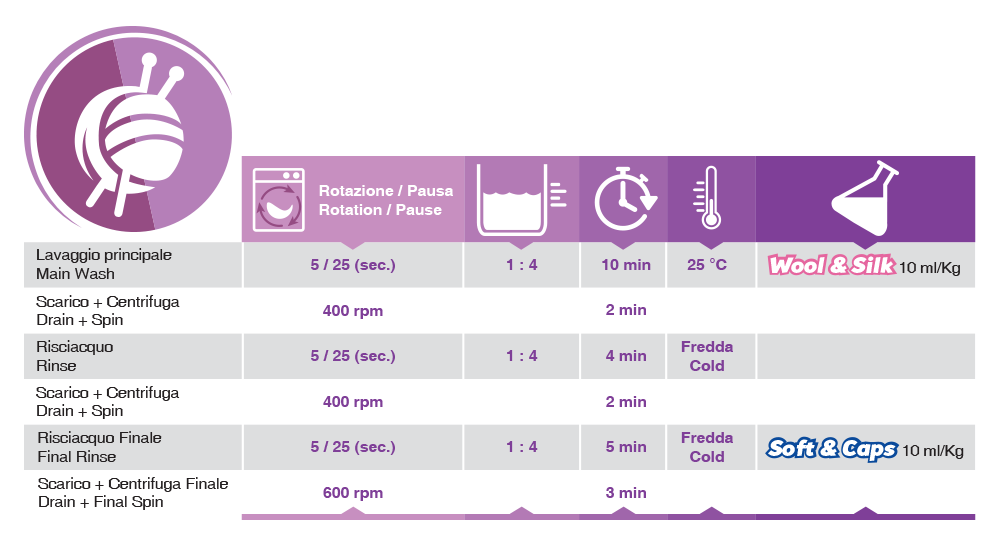
Dr. Conedera’s advice is to use detergents that have buffer systems (such as the ones that are present inside the detergent Wool & Silk) in order to block the pH of wash to the right values, such as to avoid the felting process.
WET-CLEANING WASH OF DUVETS
Wash the duvets requires a special process and needs specific detergents that have to avoid the wrapping of the feathers.
Moreover the wash has to be done with delicate movements that can avoid damaging the garment by beating the wet feathers.
Detergents must have surfactants that penetrate into the feathers and with additives able to protect and reinflate the feathers during the drying process, by reducing the drying time.
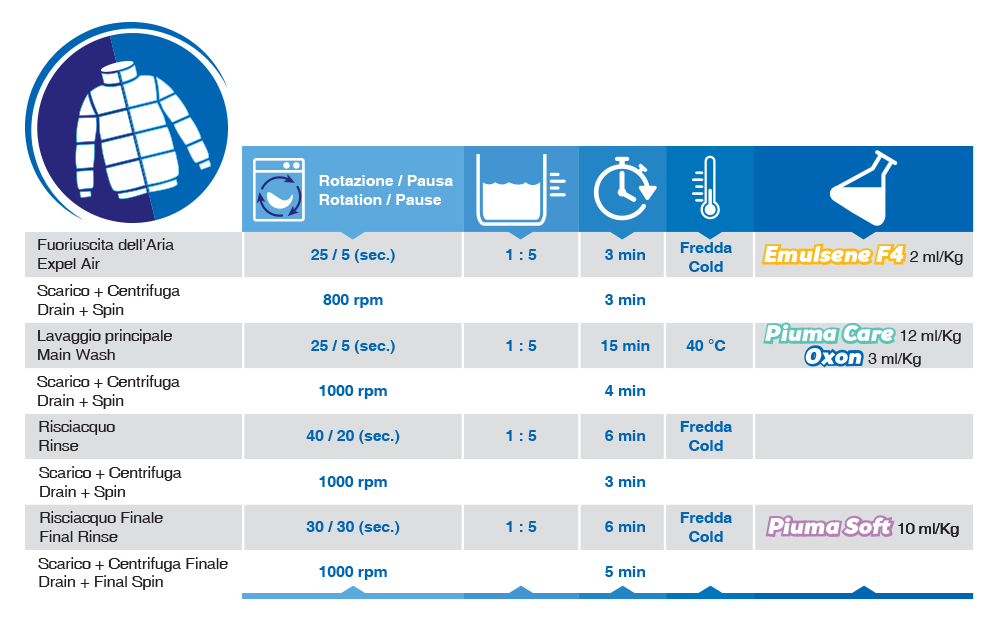
Dr. Conedera’s advice is to always do a cold ”fake pre-wash” without detergents ( or with a very low concentration), in order to eliminate all the air inside and avoid the formation of an excess of foam.
WET-CLEANING WASH: DEGREASING
WET CLEANING is evolving very quickly, now many professionals use this method of wash even to wash table linen and restaurant towels, community linens and above all shirts.
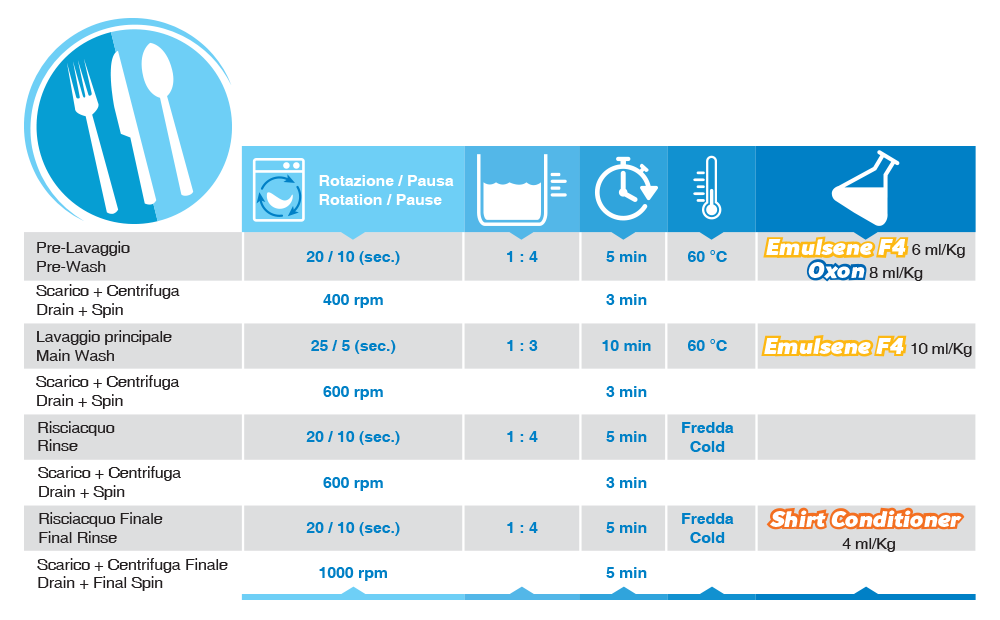
Dr. Conedera’s advice to quickly eliminate fat and stubborn dirt from these garments, without pre-brushing is to use a highly degreasing, enzymatic detergent, which contains Lipase enzyme (such as the detergent Emulsene), in order to eliminate all the lipid grease stains and dirt with a simple pre-wash cycle or by strengthening the main wash.
WET-CLEANING WASH: SHIRTS
The new business of tomorrow is the washing of the shirts. The washing and ironing of the shirts is taking up even more space in the laundry shops , but the big problem of these garments is the dirt of the collars and cuffs.
In order to avoid the pre-brushing, the WET CLEANING has developed specific programmes with dedicated products. To wash without pre-brushing and have starched shirts by avoiding the manual treatment at most you need to choose the right products that deeply degrease and starch fibres.
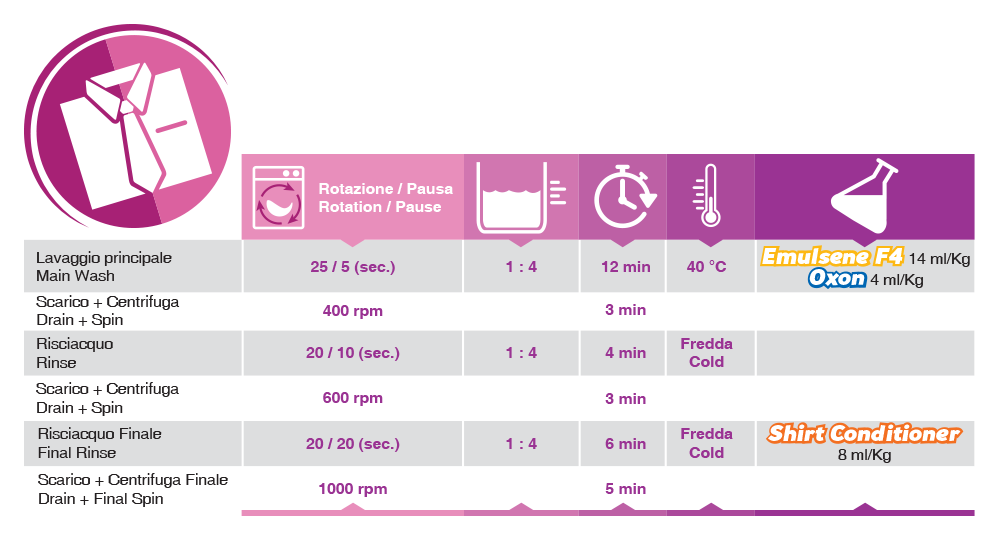
Dr. Conedera’s advice for shirts is to always use a delicate oxidant, in combination with the detergent, so that you can eliminate even the most stubborn dirt from collars and cuffs without damaging colours.
WET-CLEANING WASH: WATERPROOFING
Many technical garments have waterproofing properties, however, with the time and washes, this waterproofing can decrease until become completely absent.
In order to give again this protective layer you have to use specific and particular products that can give again this property without blocking the breathability of the fabrics and avoiding colour changes.
WET CLEANING has developed specific programmes to gently wash these garments and impregnate them again with specific products and guarantee a new waterproofing layer to the garment.
Dr. Conedera’s advice, to make even more effective this treatment is to use in the first rinse some acetic acid so that you can eliminate all the detergent residues that can compete with the waterproofing agent to absorb fibres.
